Buy La Gerbe, Henri Matisse - 1910 as a reproduction on canvas, ArtFrame, poster and wallpaper, printed on demand in high quality.
About "La Gerbe, Henri Matisse - 1910"
About the artwork
"La Gerbe" is an artwork consisting of cut paper shapes that together form a flower-like composition. The abstract shapes and vibrant colours emphasise simplicity and balance. The work shows Matisse's mastery of the technique of "gouaches découpées." It is often seen as a celebration of nature and creativity. It is an example of his late, innovative style.
Henri Matisse (1869-1954) was a French painter and sculptor considered one of the most influential artists of the 20th century. Born in Le Cateau-Cambrésis, he only began painting seriously at the age of 21, during his recovery from an illness. His early work reflected influences of impressionism, but he soon developed his own style. Matisse was a pioneer of fauvism, an art movement characterised by bright colours and expressive lines. His use of colour was revolutionary: he saw colour not only as a means of representing reality, but also as an emotional and artistic goal in itself.
In the 1940s, he developed a new technique, cut-out art, with which he used paper shapes to create abstract compositions. These works, such as "La Gerbe," demonstrate his ability to create powerful images with simplicity. Combining joy, harmony and energy, Matisse's work has inspired generations of artists.
Old Master collections
Discover more Old Masters in the following collections:
 Netherlands
Netherlands Ordered in March 2024
Ordered in March 2024
 Netherlands
Netherlands Ordered in July 2018
Ordered in July 2018
 Germany
Germany Ordered in August 2023
Ordered in August 2023
 Netherlands
Netherlands Ordered in October 2019
Ordered in October 2019
 Germany
Germany Ordered in September 2019
Ordered in September 2019
 Netherlands
Netherlands Ordered in June 2021
Ordered in June 2021
 Germany
Germany Ordered in January 2024
Ordered in January 2024
 Germany
Germany Ordered in February 2024
Ordered in February 2024
 Netherlands
Netherlands Ordered in December 2021
Ordered in December 2021
 Germany
Germany Ordered in September 2019
Ordered in September 2019
 Netherlands
Netherlands Ordered in November 2020
Ordered in November 2020
 Netherlands
Netherlands Ordered in April 2020
Ordered in April 2020
About the material
ArtFrame™
Interchangeable Art Prints
- High-quality print
- Easily interchangeable
- Acoustic function
- Large sizes available
Discover the Old Masters collection
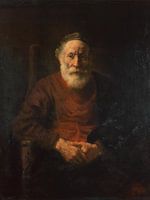 Portrait of an old man in red, Rembrandt
Portrait of an old man in red, Rembrandt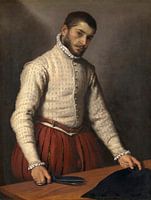 The Tailor, Giovanni Battista Moroni
The Tailor, Giovanni Battista Moroni Self-portrait, Adriaen van de Venne
Self-portrait, Adriaen van de Venne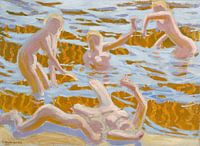 Oceanides, Akseli Gallen-Kallela
Oceanides, Akseli Gallen-Kallela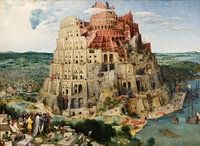 The Tower of Babel, Pieter Bruegel
The Tower of Babel, Pieter Bruegel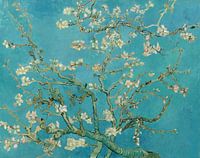 Almond blossom painting by Vincent van Gogh
Almond blossom painting by Vincent van Gogh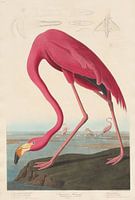 American Flamingo, original
American Flamingo, original Two little girls carrying a basket - Jozef Israels
Two little girls carrying a basket - Jozef Israels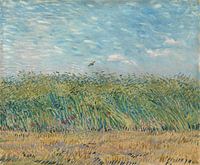 Vincent van Gogh, Cornfield with partridge
Vincent van Gogh, Cornfield with partridge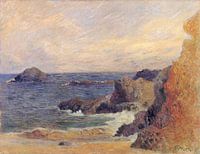 Rocks by the sea, Paul Gauguin - 1886
Rocks by the sea, Paul Gauguin - 1886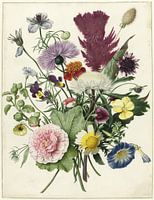 Bouquet of flowers on white background (seen at VT Wonen)
Bouquet of flowers on white background (seen at VT Wonen)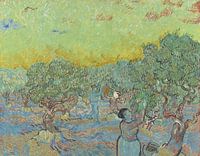 Olive grove with two olive pickers, Vincent van Gogh
Olive grove with two olive pickers, Vincent van Gogh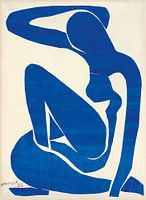 Henri Matisse. Blue nude
Henri Matisse. Blue nude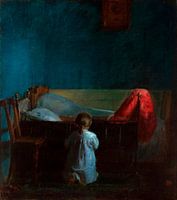 Evening prayers, Anna Ancher
Evening prayers, Anna Ancher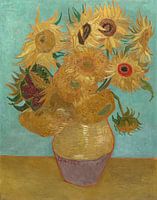 Vincent van Gogh. Sunflowers
Vincent van Gogh. Sunflowers Battle of Terheide, Jan Abrahamsz. Beerstraten
Battle of Terheide, Jan Abrahamsz. Beerstraten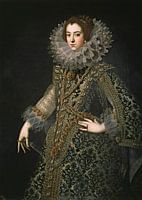 Queen Elizabeth of Bourbon
Queen Elizabeth of Bourbon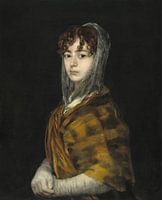 Francisca Sabasa y Garcia - Portrait woman old master of Francisco Goya
Francisca Sabasa y Garcia - Portrait woman old master of Francisco Goya Portrait of a man with collar, Rembrandt
Portrait of a man with collar, Rembrandt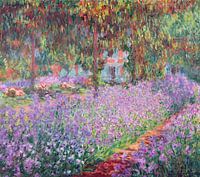 The Artist's Garden at Giverny, Claude Monet
The Artist's Garden at Giverny, Claude Monet
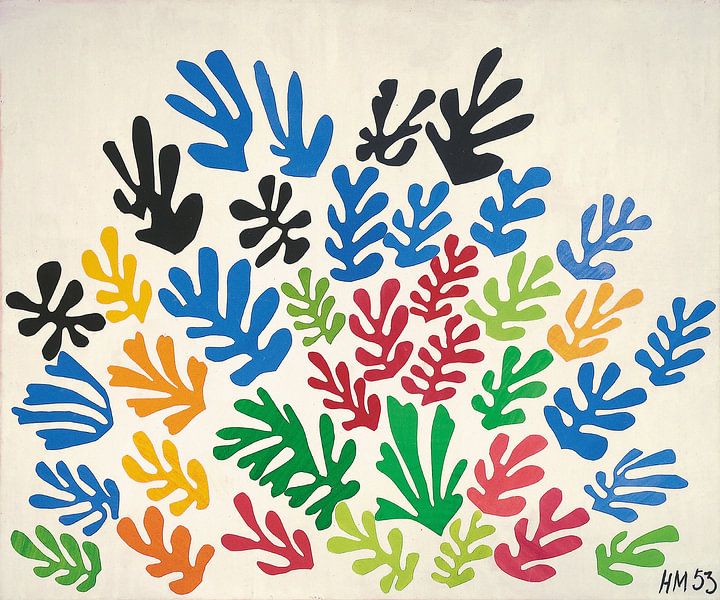
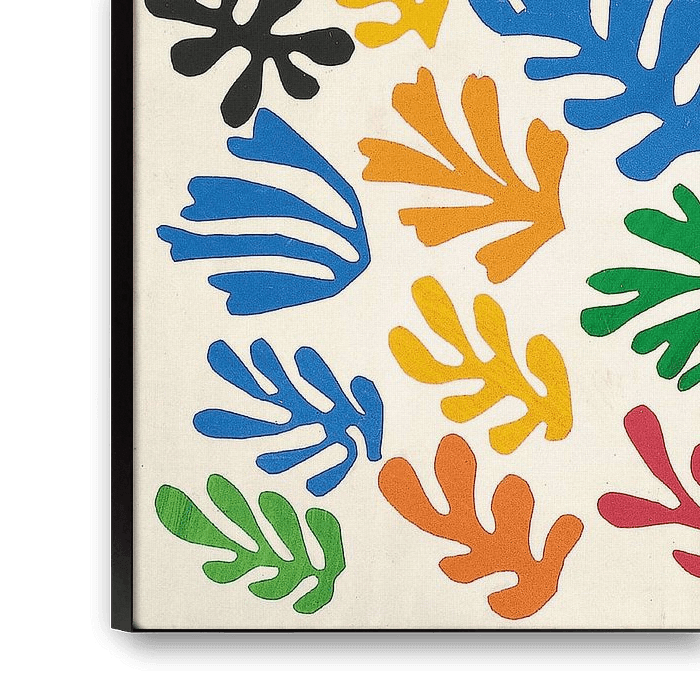

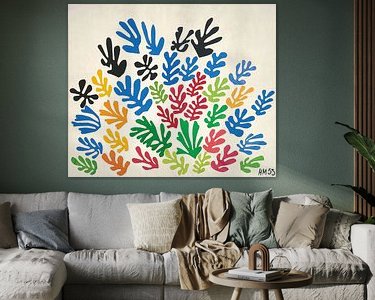

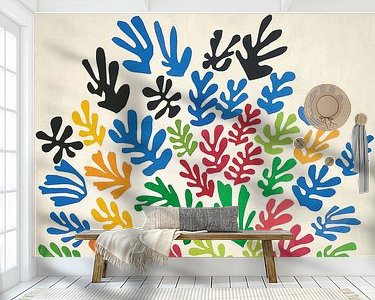
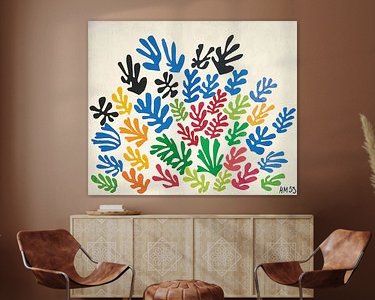

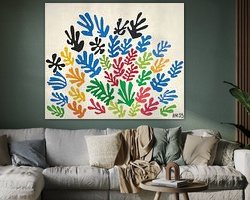



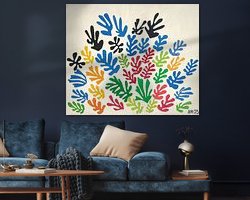
 Abstract
Abstract Henri Matisse
Henri Matisse Joyful Moments
Joyful Moments Landscapes
Landscapes Modern
Modern Modern shapes and lines
Modern shapes and lines Vibrant Colors
Vibrant Colors Whimsical Wonders
Whimsical Wonders









